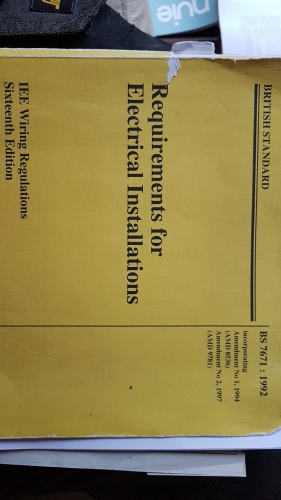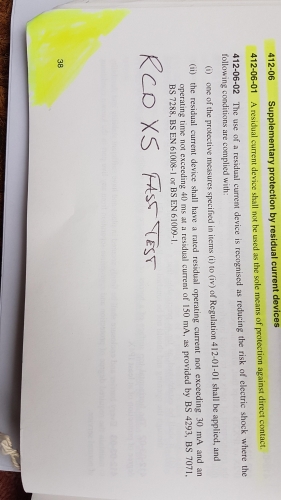Also I am still making alterations and additions to electrical circuits protected by BS4293 RCDs, but they are no longer listed in the current Wiring Regulations, so is that wrong, is there an issue about using these to provide RCD protection? If there is an issue millions of consumer units with working and safe RCDs that need replacing to undertake minor alterations and additions to existing electrical installations.


I think it's simply not clear.
Is "additional protection" a form of ADS anyway
BUT then again it could be argued that a fuse "blowing" does not, strictly, provide isolation ...
The BS says these devices only provide "supplementary" protection they require upstream "Additional Protection"
RCDs do not provide protection for upstream only downstream of the device.
Do you agree they are not suitable when Additional Protection is required?
We're about to take you to the IET registration website. Don't worry though, you'll be sent straight back to the community after completing the registration.
Continue to the IET registration site